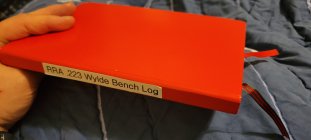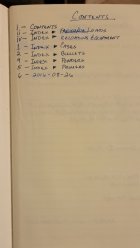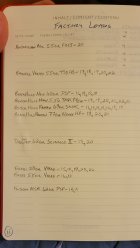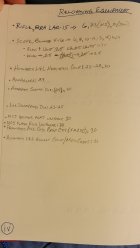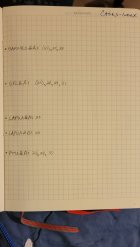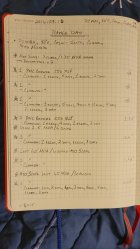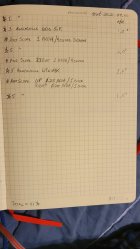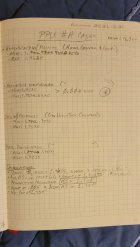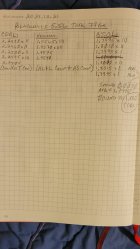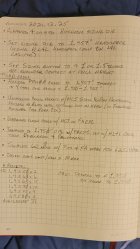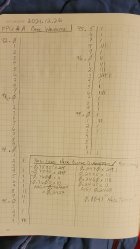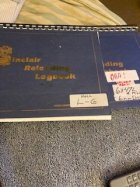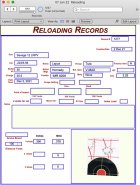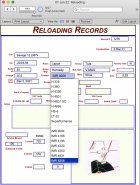WOW! I'm thinking that some of you use data gathering like I currently use load development, it supports my addiction when I can't be shooting. I'm sure that competition leads to a more aggressive data collection program and I can't imagine what sort of discipline that's required to maintain not only the shooting skills, loading skills, physics knowledge, and now including data gathering. woofta.
There are some great ideas in this thread and I really appreciate the advice. I can't wait to get started. I'm sure my overall performance will improve on target as well.
There are some great ideas in this thread and I really appreciate the advice. I can't wait to get started. I'm sure my overall performance will improve on target as well.










